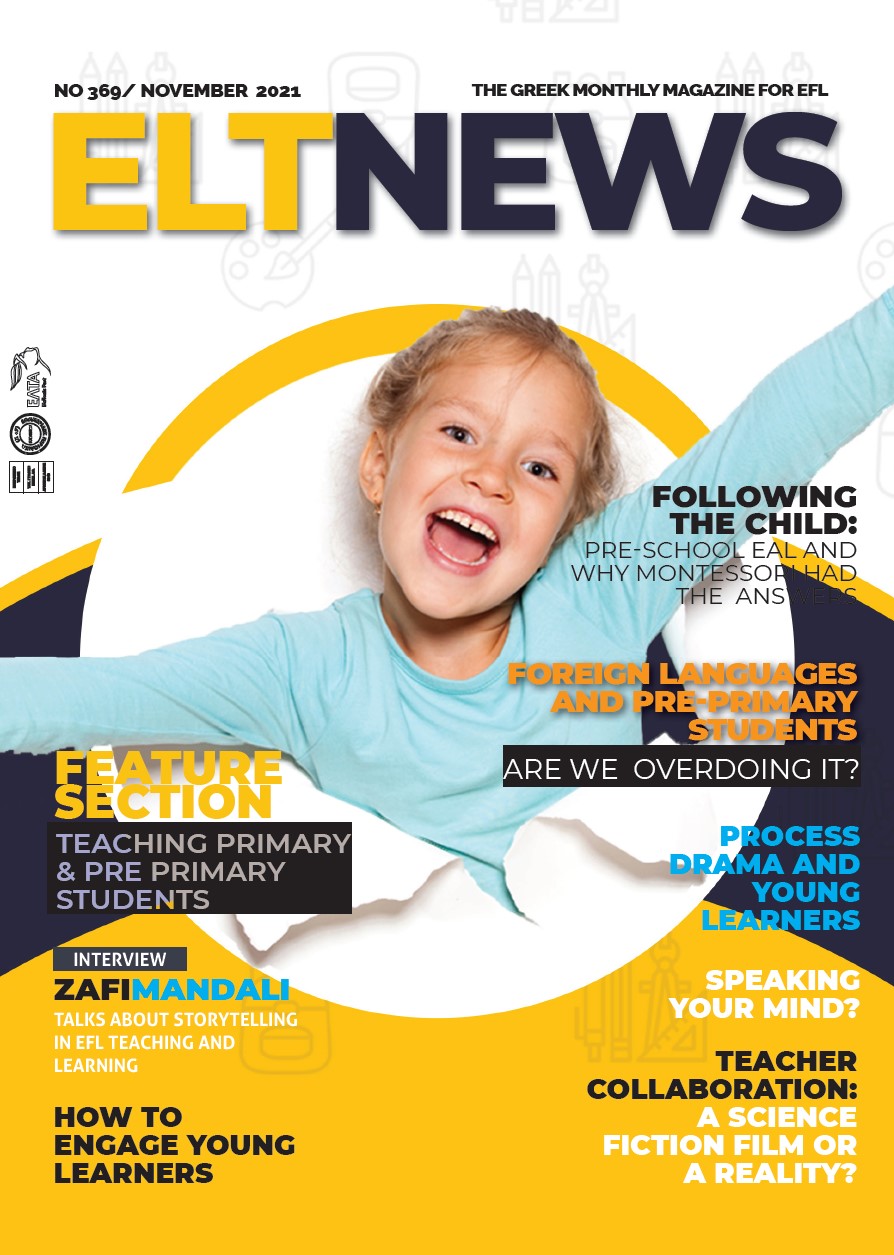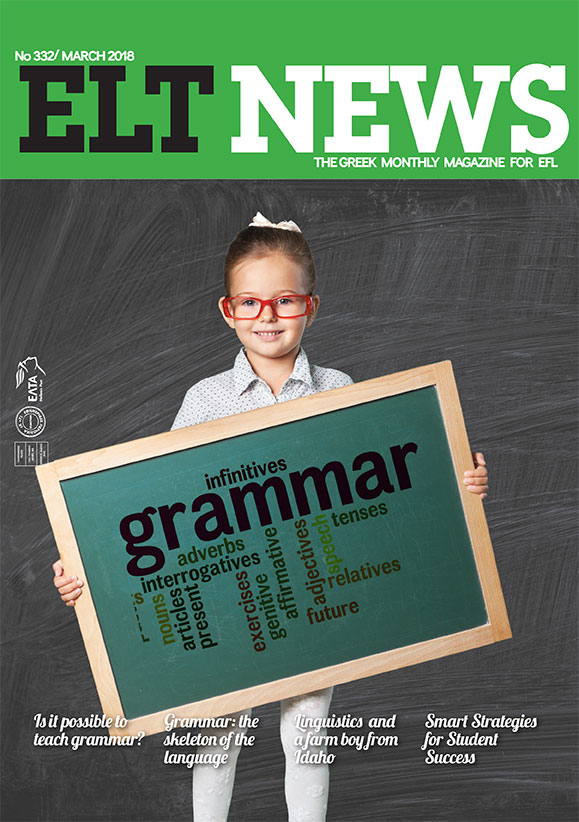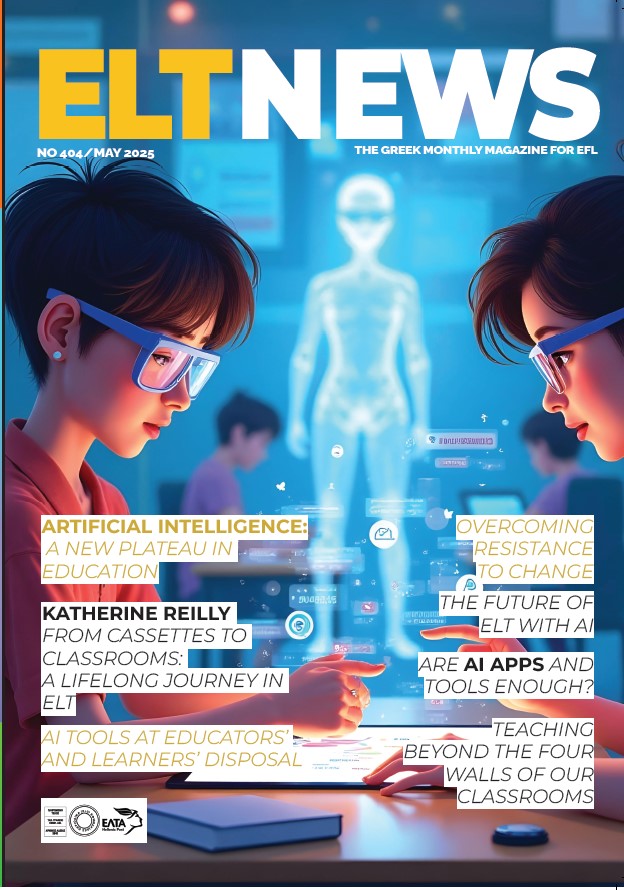How do we know the state of the learner arriving in our classroom?
How do we know if they are motivated to learn? What does a motivated student look like? While we think they look motivated to learn, their interest may be peaked by something completely different.
Students come to the classroom with a complex range of social and cultural contexts, schooling experiences, and educational beliefs, and it is always a challenge to find the ingredients to motivate them.
We know that the motivational state of students when they arrive in the classroom will influence a multitude of factors affecting learning, including: memory, attention, information processing, decision-making, problem solving, and social interaction.
Many of these factors are not always observable, creating a challenge for teachers in harnessing every student’s abilities for deep learning. Furrer and Skinner (2003) suggest that the essential mechanism that enables motivation to facilitate deep student learning is student engagement.
Not in the very distant past students were viewed as empty vessels waiting to be filled with knowledge – certain knowledge. The physical environment was one of hierarchy and control – desks in rows, children facing their teacher who controlled subject matter, talk, and activities from the front of the room. The focus was on rote learning and correctly recalling information.
Across time, this has shifted – mercifully! That’s not to say that teacher-directed learning episodes don’t have their place; indeed they do. Nor is it to say that the ‘chalk and talk’ model is extinct or always undesirable, because it isn’t. But we no longer live in an industrial age.
Twenty-first century life is very different and it isn’t effective to keep on trying to pump out students like a production line. We live in what is sometimes called the information or digital age.
The kinds of skills that students need if they are to thrive in this contemporary world are quite different from the past. Technology has contributed significantly to the changed educational landscape we now occupy. As a result, approaches to education have shifted from a teacher or knowledge centred approach to a student or learner centred one.
Contemporary pedagogical frameworks, such as constructivism, encourage learners to ‘construct’ their own knowledge individually and collaboratively by making connections with prior knowledge and experiences.
We might even say that in the past, surface learning was sufficient – memorizing facts, selecting the correct answer and so on.
But to be equipped for today’s world, surface learning is not enough. Today’s ‘facts’ may not be facts next year. Today’s ‘skills’ may be obsolete within a decade. The kinds of approaches that develop higher order skills, encourage critical thinking, and the capacity to be agile, flexible and adaptable are not optional or reserved for a small percentage of learners; they are critical for all students.
Teachers know this and they want to be the kinds of teachers who design learning experiences that equip learners with these skills.
But of course, the question is how?
For teachers to make this shift, it’s important to have the capacity to reflect on their own practice and be familiar with evidence-based research into effective teaching.
To be effective, learning must be active. So effective and active learning are interdependent and one cannot occur without the other. They are two sides of the same coin. When learning is effective, students are actively engaged and they are motivated. They accept responsibility for their learning, work together to achieve shared goals, listen to others’ ideas, and support one another through challenges.
So the effectiveness of active learning is not limited to the academic or cognitive, but extends to social and personal development.
I have a favourite saying that relates directly to deep learning – “the best teachers tell you where to look, but not what to see”.



